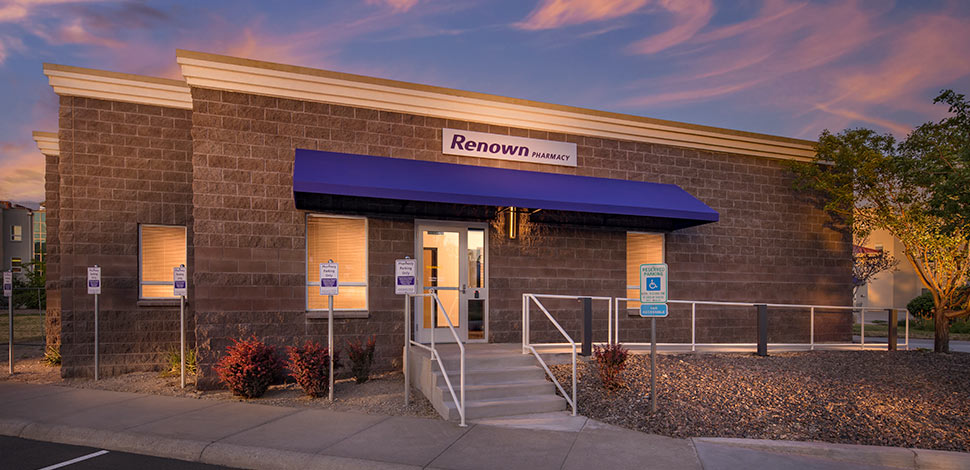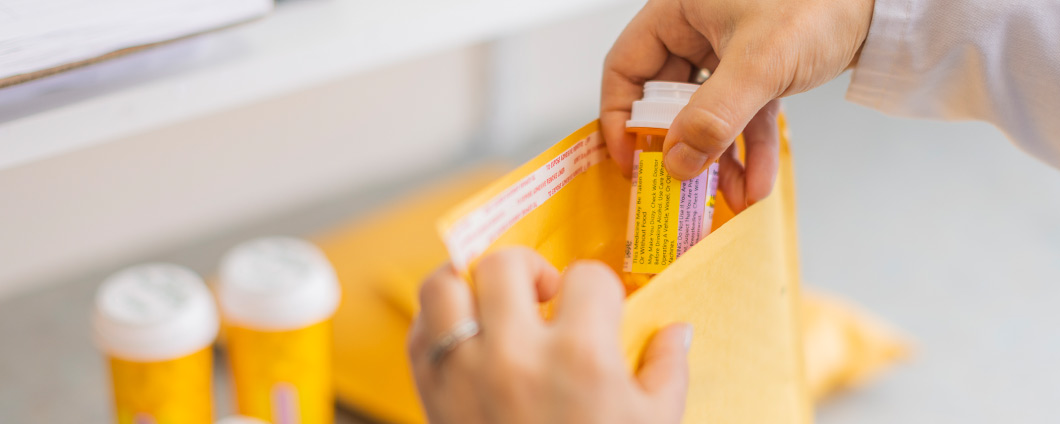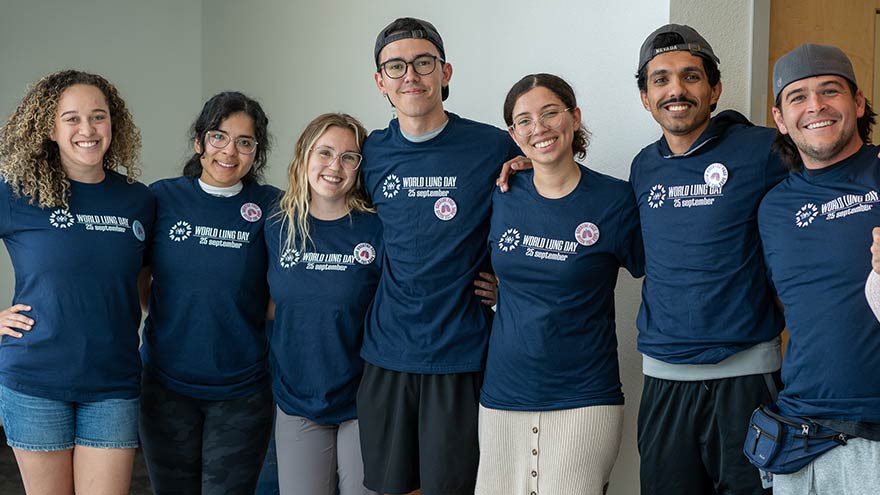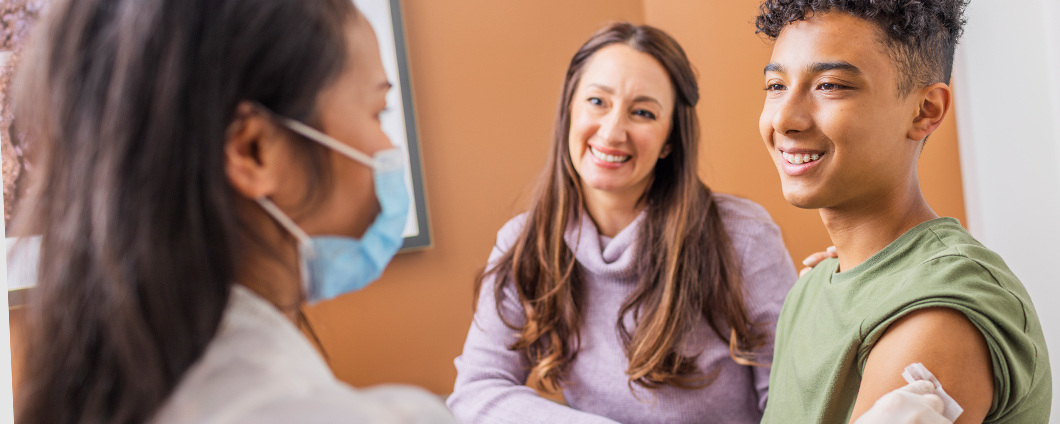Search
Results for 'forms'
Clear-
Name-Brand Medication vs. Generic: What's the Difference?
Most prescriptions meds are available in generic form. Find out the similarities and differences between the two and how to determine whether a generic is right for you. Approximately 80 percent of prescriptions sold today are generics. If you’re taking a prescription medication, chances are it’s a generic form of the brand-name drug. But are you getting the same quality in a generic medication? Do generics measure up? The answer in most cases is yes — generics, just like branded products, are regulated by the Food and Drug Administration. “To have a generic product approved by the FDA, the generic manufacturer must prove that its product is bioequivalent to the branded product,” explains Adam Porath, PharmD, BCPS AQ-Cardiology, BCACP and Vice President of Pharmacy Services. Basically, it has to function the same. “Generic products are extremely well tolerated and will provide the same results as using a branded product,” Porath says. Here’s how generics are the same as name-brand prescriptions: Generic products contain the same active ingredients. They produce the same desired clinical effect and accompanying side effects. Generics come in the same form as their branded counterparts: pill, liquid or inhaler, for example. Release into the bloodstream matches the name brand in timing and strength. Here’s how they differ: Generics generally cost less. Federal law requires generics have different names and look different: shape, size, markings and color. Generics contain different inactive ingredients, like binders, fillers and artificial colors. Different side effects with generics can usually be attributed to these additions. Why do generics cost less? When pharmaceutical companies develop a new drug, they are paying for research, development, clinical studies, marketing — in some cases it can cost more than $800 million and take 10 to 15 years to develop a new drug. “The manufacturers of branded medication products have to recoup their research and development costs,” Porath says. So companies are granted a limited patent to sell their drug without the competition of generic counterparts. “When patent exclusivity ends, the market is open for any generic manufacturer to make a competing product with FDA approval.” Without the same startup costs, companies can sell generics at 80 to 85 percent less. And because more than one company can produce the same generics, competition drives prices even lower.
Read More About Name-Brand Medication vs. Generic: What's the Difference?
-
Celebrating World Lung Day in Northern Nevada
In the United States, electronic cigarettes are the most popular form of tobacco product used among high school students. Approximately 21% of Washoe County area high schoolers report current use of e-cigarettes, higher than the national average of 14% reported in the most recent national data. While often viewed as a safer alternative to traditional cigarette use, e-cigarette use, commonly referred to as vaping, exposes users to nicotine and harmful chemicals that stunt brain development, results in lung damage and harms overall health. In partnership with Reno area school principals and nurses, the Renown Health – UNR Med Clinical Research Office was able to provide this year’s World Lung Day Anti-Vaping Program to Galena High School, Robert McQueen High School and Sage Ridge School, reaching hundreds of high school students.
Read More About Celebrating World Lung Day in Northern Nevada
-
The Risks of Vaping and E cigarettes
In this article reprinted with permission from the Galena Times, Dr. Max J Coppes, Physician-in-Chief, Renown Children’s Hospital, and Nell J. Redfield, Chair of Pediatrics, UNR Med, talk about adolescents vaping, and how an estimated additional 10 million teens are at risk to start using e-cigarettes. What are E-cigarettes? E-cigarettes are battery-operated devices heating a liquid (e-juice) into an aerosol to be inhaled. Breathing in this flavor vapor, which usually contains nicotine, anti-freeze or other cancer-causing chemicals is called ‘vaping.’ There are many forms of these electronic nicotine delivery devices - and they're not always obvious. They not only appear to be cigarettes, cigars, or pipes, but also pass for everyday items, such as flashlights, flash drives or pens. The Effects of Vaping and E-cigarettes Regardless of the nicotine delivery, vaping is addictive and is quickly becoming a public health concern. Nicotine levels in e-cigarettes vary greatly, and they may also contain toxic chemicals. Currently there is a wide range of variability among vaping products. In other words - they deliver different ingredients, hardware, levels of nicotine, and possible toxic chemicals to the user. This makes it challenging to create an overall public health recommendation on their use. Nevertheless, there is no confusion about the harmful effects of the chemicals used in e-cigarettes to the young brain, which develops until age 25. Studies show e-cigarette use serves as an introductory product for teens to go on using ‘regular’ tobacco products. The American Academy of Pediatrics has several recommendations on their use. Such as increasing the minimum age to buy tobacco products, including e-cigarettes, to age 21 nationwide. (Update: nationwide the age as of January 2, 2020 is now 21.) A common misunderstanding with teenagers is the belief e-cigarettes are less harmful than other tobacco products. Moreover, there is a wide range of flavor choices, from mint, mango, crème brûlée to cucumber to attract users. As of September 6, 2019, The Centers for Disease Control and Prevention is reporting over 450 possible cases of lung illness associated with the use of e-cigarette products in 33 states. What Should Parents Know about Vaping? Parents and teachers should know JUUL is a very popular e-cigarette among teenagers, capturing about 68% of the market. JUUL is sleek, small, hides easily, and resembles a flash drive. Surprisingly it charges in an USB port, and can also instantly be mistaken for a real flash drive. One JUUL cartridge contains twice the nicotine found in other e-cigarette cartridges. This roughly equals the amount of nicotine in an entire pack of cigarettes. To repeat, the use of JUUL in young people continues to grow, and this is why parents and teachers need to be aware. Be alert, teach, communicate, and talk to your child about the serious risks of smoking in all forms, whether at home or parties. Tell them how difficult it is to quit and why they should not start. Loving your children is caring; caring for their current and future health and well-being.
-
Renown Pharmacy Vaccinations
Pharmacy Vaccinations by Appointment The Renown Pharmacy team can order additional vaccines with advanced notice. Please call 775-982-7737 before scheduling to check on availability. Renown Pharmacy provides vaccinations by appointment for the following: COVID-19 Bivalent vaccine (Pfizer-BioNTech) Hepatitis B vaccine (HEPLISAV-B) Human Papillomavirus (HPV) vaccine (Gardasil 9) Influenza/Flu vaccine (High dose for 65+ and standard dose for those six months to 64 years) Measles, Mumps, Rubella (MMR) Meningococcal (meningitis) vaccine (Menactra) Meningococcal B vaccine (Trumenba) Monkeypox vaccine (JYNNEOS) Shingles vaccine (Shingrix) Pneumonia vaccine (Pneumovax23 and Prevnar 20) Tetanus, provided though the tetanus, diphtheria and pertussis (Tdap) booster (Adacel) You may request appointments for any of these vaccines within MyChart
-
 Renown Pharmacy - South MeadowsRenown Pharmacy - South MeadowsHours
Renown Pharmacy - South MeadowsRenown Pharmacy - South MeadowsHours
Mon-Fri8 a.m. - 5 p.m.Sat-SunClosed




